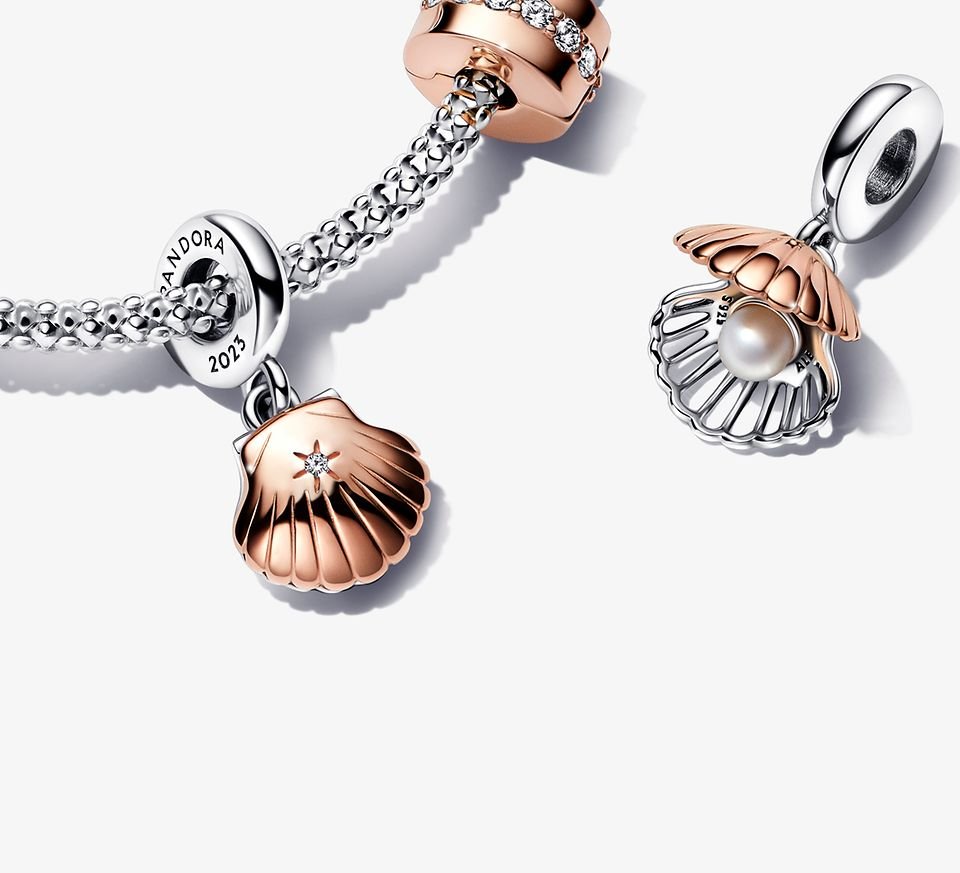Fashion Trend: E-waste Chic – A Lifesaver for Outdated Electronics
Tech enthusiasts might find a bit of redemption as the E-waste fashion trend emerges. But beware, saving the planet in style might cost you a bit more when you decide to “repurchase” products made from these recycled materials!
The pace at which electronic devices are discarded is skyrocketing. If you’re in the habit of upgrading your phone annually or swiftly disposing of cheap electronic gadgets, you’re contributing to Earth’s electronic pollution. However, there’s a silver lining to this seemingly dark cloud – electronic waste now has a fashionable twist.
In early April 2023, the luxury jewelry brand Oushaba unveiled a stunning collection of jewelry crafted from electronic components. Oushaba is not alone; many global fashion brands have started utilizing recycled materials from electronic waste in their designs.
So, how does this green manufacturing trend impact the fashion industry, and what does E-waste fashion entail?
What is E-waste Fashion, and Where Does It Come From?
E-waste, also known as electronic waste, refers to discarded electronic devices due to malfunctions, overproduction, or obsolescence.
The history of E-waste fashion can be traced back to the early 2000s when some designers began experimenting with turning electronic waste into clothing and accessories. However, these early attempts were rather limited.

This Earth is filled with electronic waste! | Source: TCO
In 2010, Dutch designer Christiaan Maats founded the sustainable fashion brand OAT Shoes. The brand used discarded plastic bottles and other recycled materials to create shoes, including a line of athletic shoes made from recycled mobile phone parts.

“Garbage Watch” from Vollebak | Source: Vollebak
Other brands have also shown interest in E-waste. Gomi, based in the UK, produces sustainable speakers and accessories from electronic waste like discarded plastic bags and laptop battery cells. Vollebak pioneers sports jackets made from waste materials such as old microwaves, TVs, and computers.
Currently, a common approach to using E-waste materials involves incorporating electronic components like circuit boards, wires, and chips to adorn clothing and accessories. These materials can be molded, shaped, and creatively integrated into designs to produce unique and eye-catching pieces.
E-waste fashion is not just a trend; it’s a creative solution to repurpose and breathe new life into discarded electronics, offering a stylish alternative to the fast-paced cycle of electronic consumption. As the saying goes, one person’s trash is another person’s fashion statement!
How E-waste Fashion Materials Are Crafted
There are various ways to recycle electronic waste, with the most prevalent method being the extraction of precious metals like gold from electronic components. Discarded laptops or phones, in reality, become a valuable source of materials as gold and silver can be extracted from their electronic circuit boards.
Darrel Ward, Senior Vice President for Commercial Customer Solutions at Dell, estimates that the amount of gold in one ton of electronic circuit boards is over 800 times greater than the amount found in one ton of naturally mined ore.
Additionally, discarded electrical wires can be woven into high-end fashion garments and accessories. In 2021, unique lace designs were created by Alexandra Sipa, a recent graduate of Central Saint Martins University in London. Faced with the issue of discarded headphone wires, she began collecting discarded wires from construction sites and local recycling centers.

Unique lace designs from headphones created by Alexandra Sipa | Source: Dezeen
Applying traditional techniques from Romania, she wove complex materials such as lace from the collected wires. These materials were used to create fashion products, including dresses, vests, ruffled coats, as well as bags and accessories.
Electronic devices can become a priceless resource if utilized correctly. Enviro-Hub, an electronic waste-focused organization, processes metal and plastic waste to create reusable electronic circuits for accessories, clothing, and smart clothing.
Materials processed by the company include colored metals, technical plastics, and chemicals. They also refine copper and transform plastic waste into fuel for future production processes.

Unique materials from E-Waste | Source: Very Compostable
How Does E-waste Impact Sustainable Fashion?
According to the United Nations, in 2021, each person on Earth averaged 7.6 kg of electronic waste, resulting in a staggering 57.4 million tons of global electronic waste – with only 17.4% properly collected, processed, and recycled.
Therefore, E-waste fashion is a natural step in transitioning to sustainable, environmentally friendly practices. Minimizing electronic waste helps conserve natural resources and reduce energy consumption.
For instance, choosing to reuse precious metals and plastics from old mobile phones instead of producing or mining new materials can save energy equivalent to powering 24,000 households in the United States for a year.

Recycling silver, copper, and gold materials helps reduce environmental pollution | Source: Pandora
In 2020, the jewelry brand Pandora committed to using 100% recycled gold and silver from electronic devices. The company stated that transitioning from partially using raw metals to 100% recycled metals would make a significant difference in carbon emissions.
According to Pandora, this initiative will help reduce CO2 emissions, water usage, and other negative environmental impacts. Recycling metals consumes fewer resources than mining new metals. Specifically, extracting silver from electronic waste emits only one-third of the CO2 compared to mining silver.
But is it challenging to implement?
For jewelry, recycling metals like gold or silver has gradually become a new standard in the industry. Thus, recycled materials maintain the same quality as newly mined silver or gold. Brands, from large to small, such as Pandora, Lylie, Royal Mint, AuTerra, have successfully applied recycled materials to create jewelry lines that retain the brand’s spirit without any noticeable difference in quality compared to traditional materials.

Source: Vogue
Moreover, many brands have taken a more innovative approach, introducing collections with designs resembling mobile phone circuit boards, USBs, plugs, and charging cables made from sustainably sourced diamonds, emeralds, sapphires, and rubies. These unique designs breathe the spirit of the future, opening a new era of recycled electronic materials.


